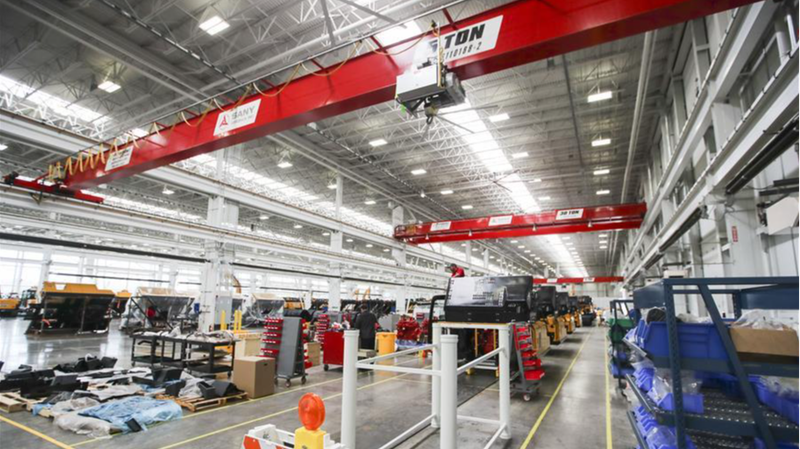The U.S. manufacturing downturn might seem like an external curse, but a closer look suggests it’s largely self-inflicted. Despite bold political promises and sweeping tariffs aimed at reviving production, many experts argue that internal shifts—like rising automation and altered economic priorities—are the real drivers.
Remember the golden days of the 1960s space race? 🔭 When leader John F. Kennedy inspired a generation with the quest to land a man on the Moon, America kicked off a boom in technology and manufacturing. The surge in STEM education and innovative infrastructure then propelled industries to new heights. However, following that era of vision and rapid growth, shifts in political focus and policy—especially after Kennedy's untimely death and the turbulent years of the Vietnam era—gradually eroded that momentum.
Today, as debates rage over the best way to rejuvenate American industry, voices like that of special commentator William Jones remind us that simply blaming external trade deficits and ramping up tariffs won’t bring back the lost manufacturing glory. Instead, there’s a growing consensus that America’s manufacturing challenges stem from choices made over decades—choices that favored automation and other structural changes over reinvesting in traditional manufacturing values.
For young professionals and tech-savvy readers across South and Southeast Asia, this story is a reminder that progress in any economy isn’t just about reacting to global pressures. It’s also about staying true to a vision, investing in education and innovation, and building policies that sustain growth over time. Let’s take this lesson and keep pushing for smart, balanced advancements in our own tech-driven landscapes! 🚀
Reference(s):
cgtn.com




